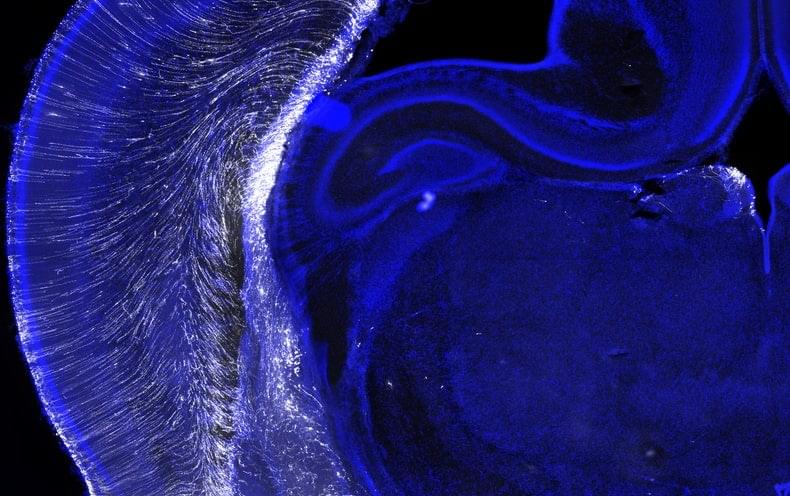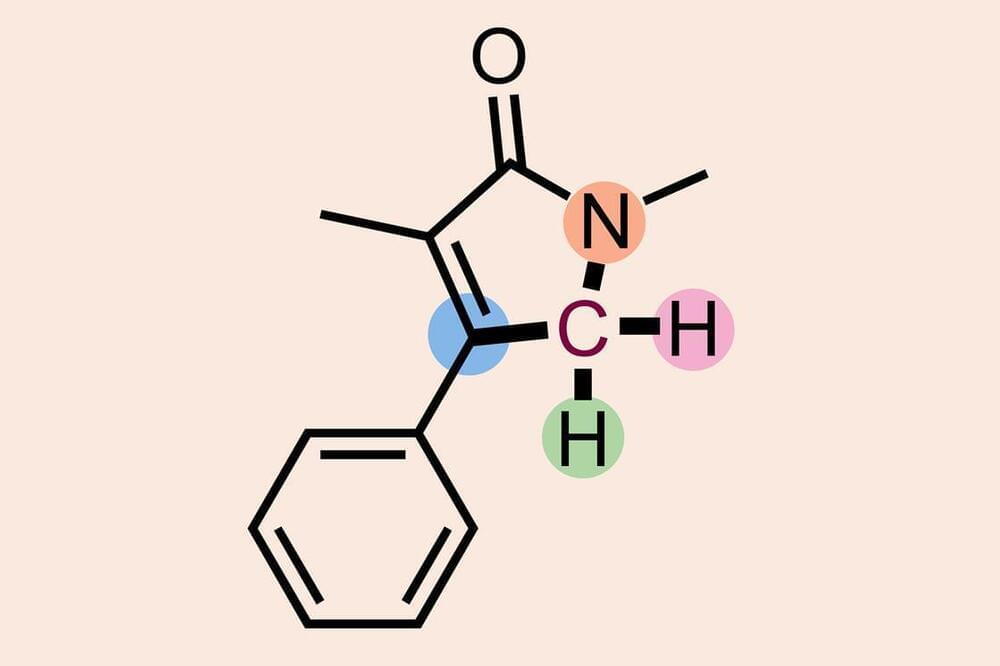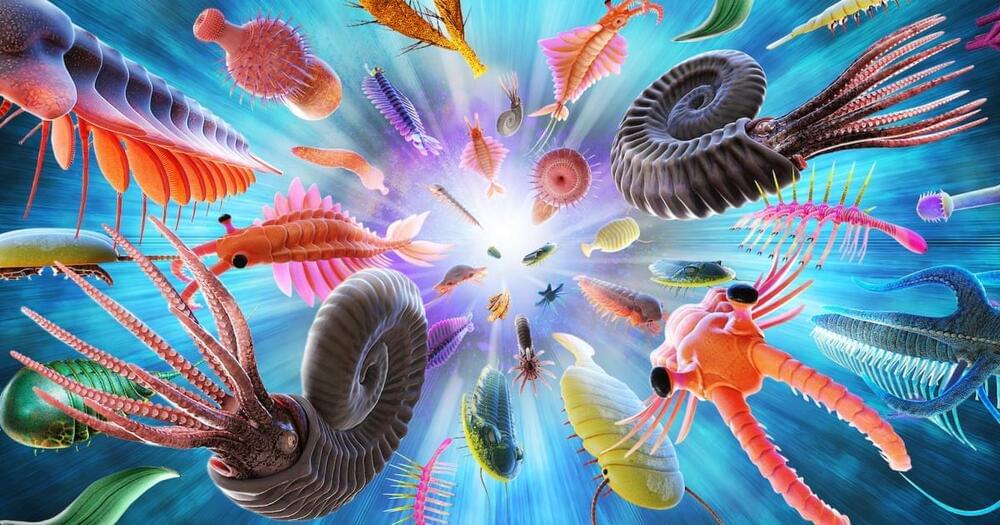LaPORTE COUNTY, Ind. ( WGN) — In freezing temperatures in rural LaPorte County, Indiana, a skywatcher was able to capture the rare “green comet” passing by Earth for the first time in 50,000 years.
Space enthusiasts like Patrick Thompson have been talking about C/2022 E3 — more commonly known as the “green comet” — for the last couple of weeks. The comet was discovered only last year as part of a survey that monitors the solar system for moving objects with a wide-field survey camera.









